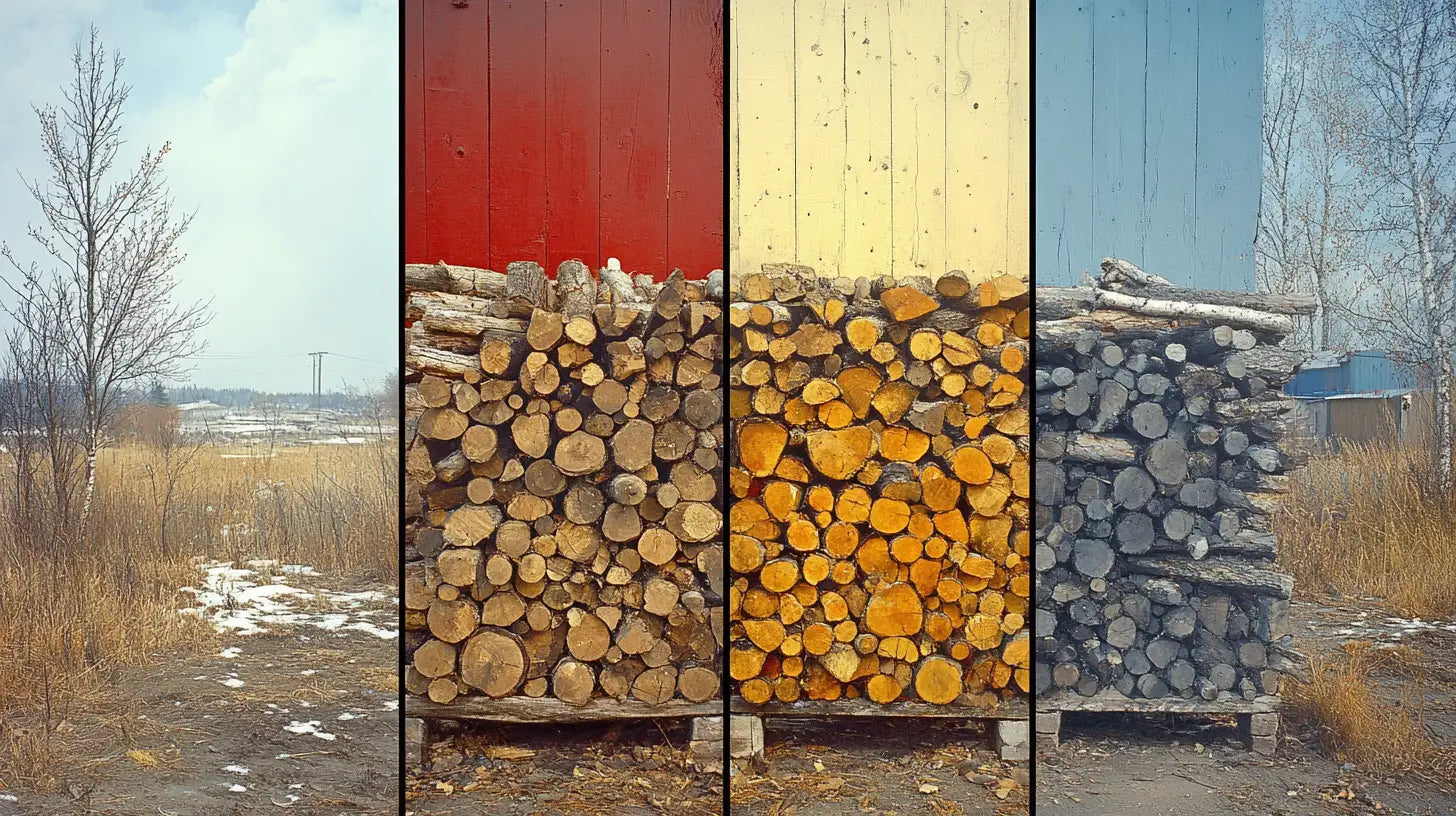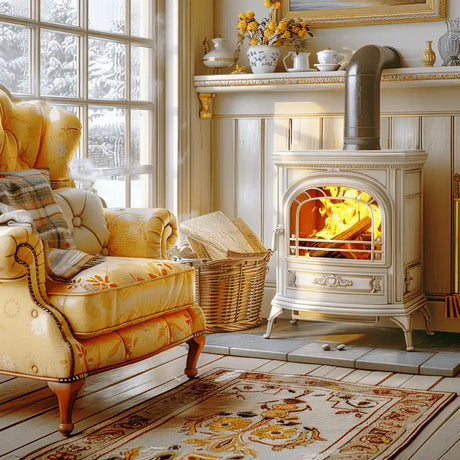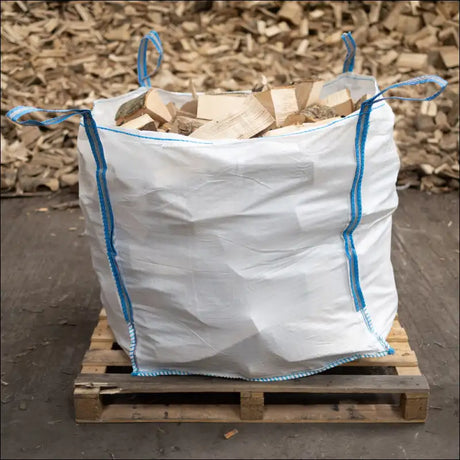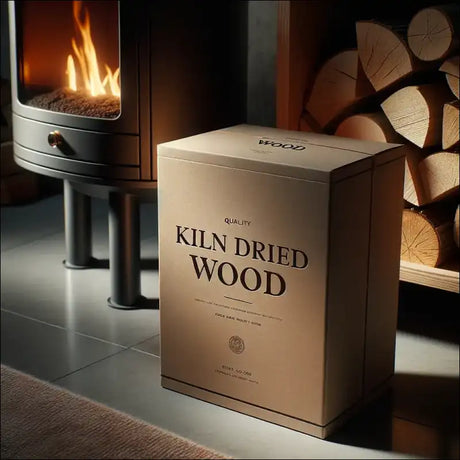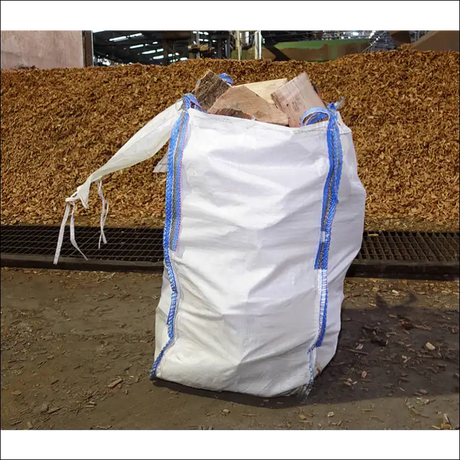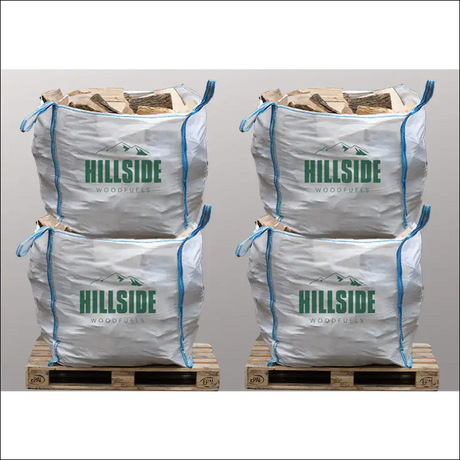As the leaves begin to turn and a chill creeps into the air, many UK homeowners start thinking about stocking up on wood for their wood burners. But when is the best time to buy, and how can you ensure you're getting the best quality fuel for your money? Let's explore some seasonal strategies for purchasing wood for wood burners.
Spring: Plan Ahead for Savings
While it might seem counterintuitive, spring can be an excellent time to purchase wood for your wood burner. Here's why:
- Lower demand often means better prices
- Wood bought in spring has time to season further before winter
- Suppliers may offer off-season discounts
Our kiln-dried logs are ready to burn immediately, but buying in spring still offers financial benefits.
Summer: Beat the Rush
Summer is another great time to stock up on wood for several reasons:
- Wood is typically at its driest after summer heat
- You'll have a wider selection before winter stocks start to deplete
- There's plenty of time to properly store your wood before the cold sets in
Consider investing in some quality log storage solutions to keep your summer purchase in top condition.
Autumn: Last-Minute Preparations
As temperatures start to drop, demand for firewood increases. If you haven't bought your wood yet, don't panic:
- Look for kiln-dried wood which is ready to burn immediately
- Consider buying in bulk to save money
- Check for any early winter sales or promotions
Remember, proper storage is crucial to maintain wood quality.
Winter: Emergency Supplies
Ideally, you should have your wood supply sorted before winter hits. However, if you find yourself running low:
- Look for suppliers offering emergency delivery services
- Consider supplementing with eco-friendly firelighters to make the most of your remaining wood
- Be prepared to pay a premium for immediate delivery during peak season
Year-Round Tips for Buying Wood
Regardless of the season, keep these tips in mind when purchasing wood for your wood burner:
-
Check moisture content: Ideally, wood should have a moisture content below 20%. Kiln-dried wood consistently meets this standard.
-
Know your woods: Different types of wood burn differently. Oak, for example, burns slowly and provides long-lasting heat.
-
Buy local when possible: This reduces transportation costs and supports your local economy.
-
Consider storage space: Only buy as much as you can properly store. Wet or improperly stored wood can lead to inefficient burning and potential health risks.
-
Look for certifications: Ensure your wood comes from sustainable sources. Look for FSC certification or ask your supplier about their sourcing practices.
By following these seasonal strategies and year-round tips, you can ensure a steady supply of quality wood for your wood burner, keeping your home warm and cosy throughout the colder months. Remember, the key to a successful wood burning season is planning ahead and choosing quality fuel like our kiln-dried logs.
FAQs: Wood for Wood Burners
1. How much wood do I need for a typical UK winter?
The amount of wood needed varies depending on factors like your home's size, insulation, and how often you use your wood burner. As a rough guide:
- For occasional evening use: 3-4 m³
- For regular use as a primary heat source: 6-8 m³
It's always better to have a bit extra than to run out mid-winter. Calculate your specific needs here.
2. Can I burn freshly cut wood in my wood burner?
No, you shouldn't burn freshly cut wood. Fresh wood, also known as "green" wood, contains too much moisture, leading to:
- Inefficient burning and less heat output
- Increased smoke and emissions
- More creosote build-up in your chimney
Always use properly seasoned or kiln-dried wood in your wood burner.
3. What's the difference between hardwood and softwood for burning?
Hardwoods (like oak, ash, beech) and softwoods (like pine, fir) have different burning characteristics:
- Hardwoods: Burn slower, produce more heat, and last longer. Ideal for overnight burning.
- Softwoods: Ignite easily and burn faster. Good for quickly heating a room or starting a fire.
For most wood burners, a mix of both is ideal. Learn more about wood types and their burning properties.
4. How can I tell if my wood is dry enough to burn?
There are several ways to check if your wood is dry enough:
- Use a moisture meter (should read below 20%)
- Check for cracks in the end grain
- Listen for a hollow sound when two pieces are knocked together
- Dry wood feels lighter than wet wood
Our kiln-dried logs are guaranteed to have the correct moisture content for immediate use.
5. Is it safe to store wood indoors?
While it's safe to store small amounts of wood indoors for immediate use, storing large quantities inside can lead to:
- Increased indoor humidity
- Potential pest infestations
- Mold growth
It's best to store the majority of your wood outside or in a well-ventilated shed. Bring in small amounts as needed. Check out our guide on proper wood storage.
6. How does burning wood impact air quality?
When done correctly, burning dry wood in an efficient wood burner can have a lower environmental impact than some other heating methods. However, it's important to:
- Use only dry, seasoned wood
- Ensure your wood burner is modern and efficient
- Have your chimney regularly swept
The UK government provides guidelines on minimizing emissions from wood burning.
7. Can I use wood from my garden in my wood burner?
While it's possible to use wood from your garden, there are several considerations:
- It will need to be properly seasoned (which can take 1-2 years)
- Ensure it's not a protected species
- Avoid using wood treated with chemicals or paint
For convenience and assured quality, many people prefer to purchase ready-to-burn kiln-dried logs.

